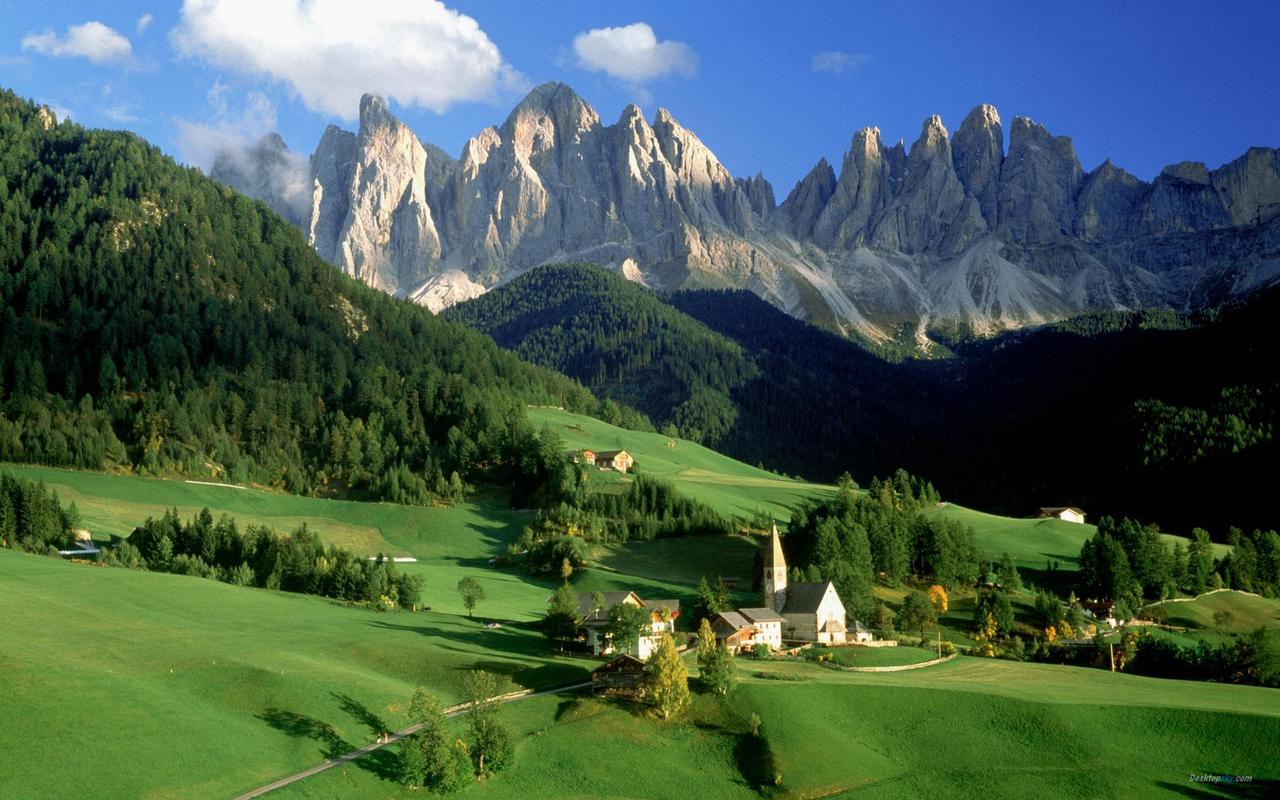Exploring the Intersection of Religious and Cultural Norms
Throughout history, religion and culture have intertwined in complex and evolving ways. The intersection of these norms can shape societal attitudes, individual behavior, and even global events. To fully understand this intersection, we must take a closer look at the relationship between religious and cultural norms.
Religious Norms
Religion is a defining characteristic of human life and culture. It influences not only individual beliefs and practices but also social and political structures. Religious norms are a set of guidelines that prescribe certain behaviors and beliefs for followers of a particular religion. These norms usually center around religious practices and beliefs that are considered sacred or holy.
One example is the Islamic tradition of praying five times a day in the direction of Mecca. This daily ritual is an essential part of the Islamic faith and reflects the core belief that prayer is a critical aspect of worship.
Another example is the Jewish ritual of circumcision. This religious practice has been performed for thousands of years and is considered a sign of the Jewish covenant with God.
Cultural Norms
Culture refers to shared beliefs, values, behaviors, and practices that define a community or group. Cultural norms are the unwritten rules that dictate the acceptable behavior within the community or group. They include everything from language and dress to social behaviors and customs.
For instance, in Japan, it is customary to remove shoes when entering homes, temples, and many other public spaces. This custom reflects the Japanese value of cleanliness and respect for communal spaces.
Another example is the American tradition of celebrating Thanksgiving. This holiday honors the shared history and values of the country’s founding and serves as a time to express gratitude for one’s blessings.
Intersection of Religious and Cultural Norms
The intersection of religious and cultural norms can be seen in different contexts and can shape personal and social behavior in complex ways. It is common for individuals to adhere to both religious and cultural norms, and these norms can reinforce or conflict with one another.
One example of the intersection of religious and cultural norms is the practice of arranged marriages in many cultures. In some societies, arranged marriages are an essential part of religious and cultural norms. These marriages reflect the belief that parents are better suited to selecting a partner for their children than the individuals themselves.
However, the practice of arranged marriages has been condemned in some societies, where individual freedom and choice are highly valued. In such cases, there is a conflict between religious and cultural norms that put personal freedom and choice at the forefront.
Another example is the wearing of religious garments, such as the hijab or yarmulke. In some societies, these garments are not just religious but cultural symbols as well. Individuals who choose to wear these garments may do so to express their cultural identity as well as their religious beliefs.
Conclusion
The intersection of religious and cultural norms is complex and dynamic. It is an essential part of individual and societal behavior, shaping attitudes, perceptions, and even global events. By understanding this intersection, we can gain a deeper insight into the complex interplay between religious and cultural norms and how they shape society and individual behavior.
(Note: Do you have knowledge or insights to share? Unlock new opportunities and expand your reach by joining our authors team. Click Registration to join us and share your expertise with our readers.)
Speech tips:
Please note that any statements involving politics will not be approved.
